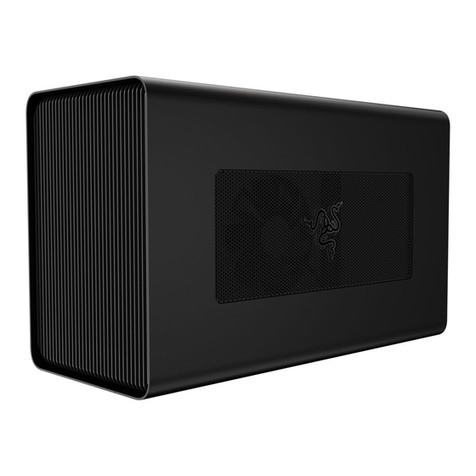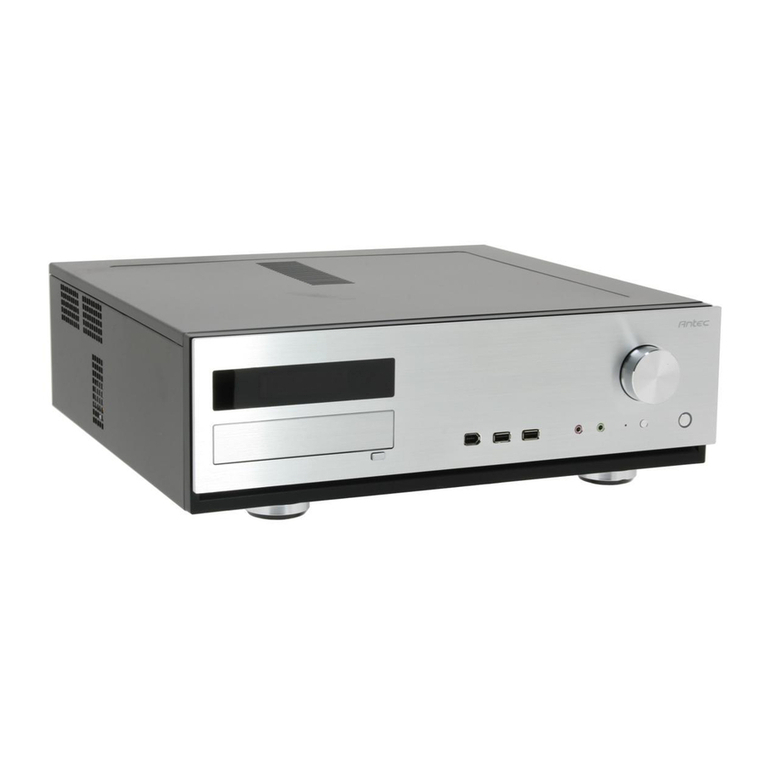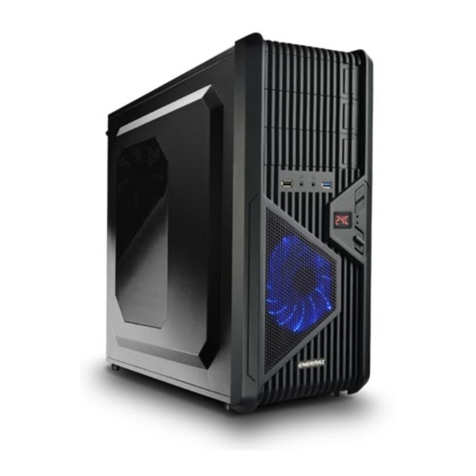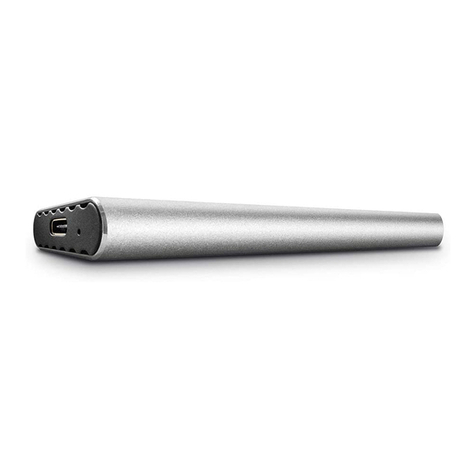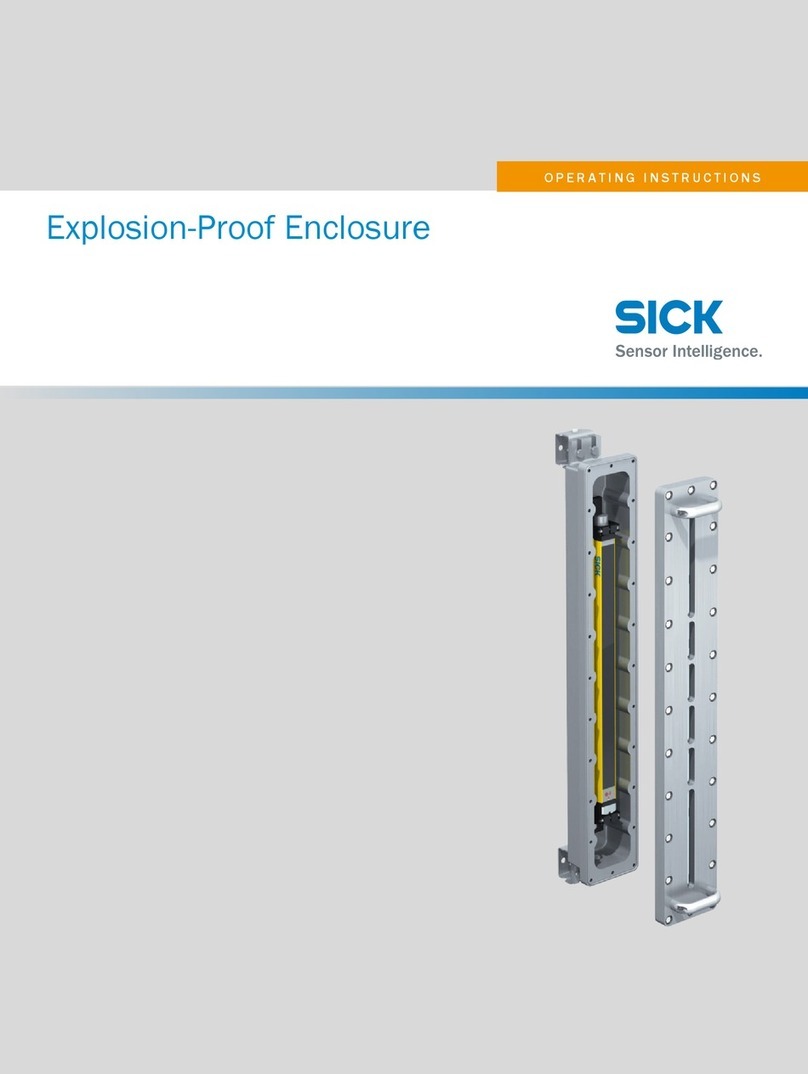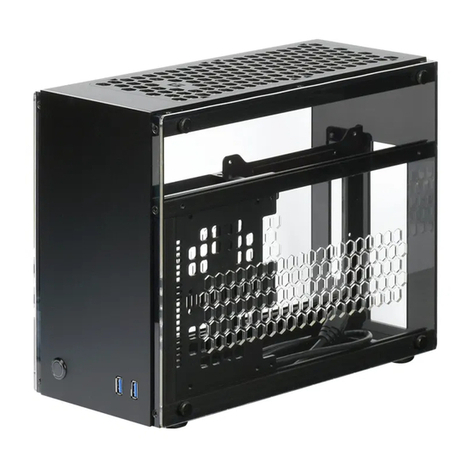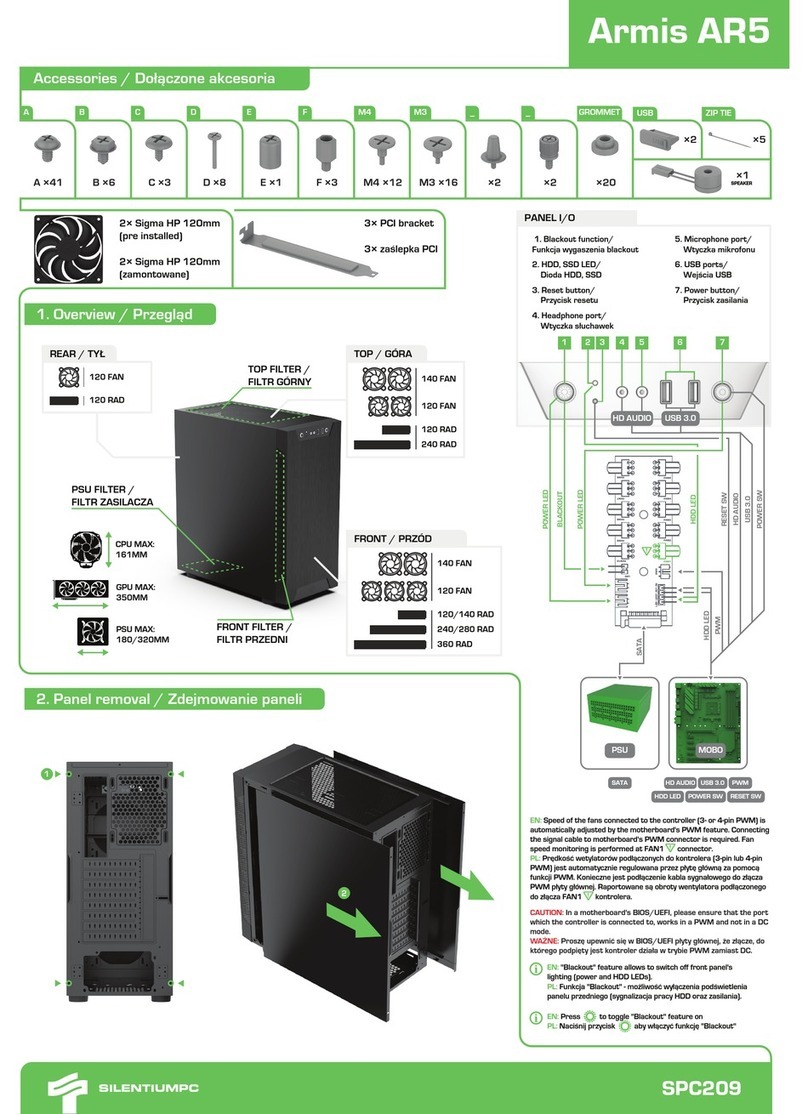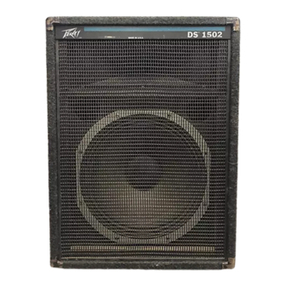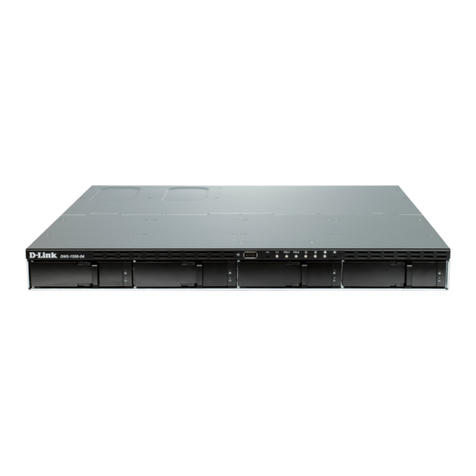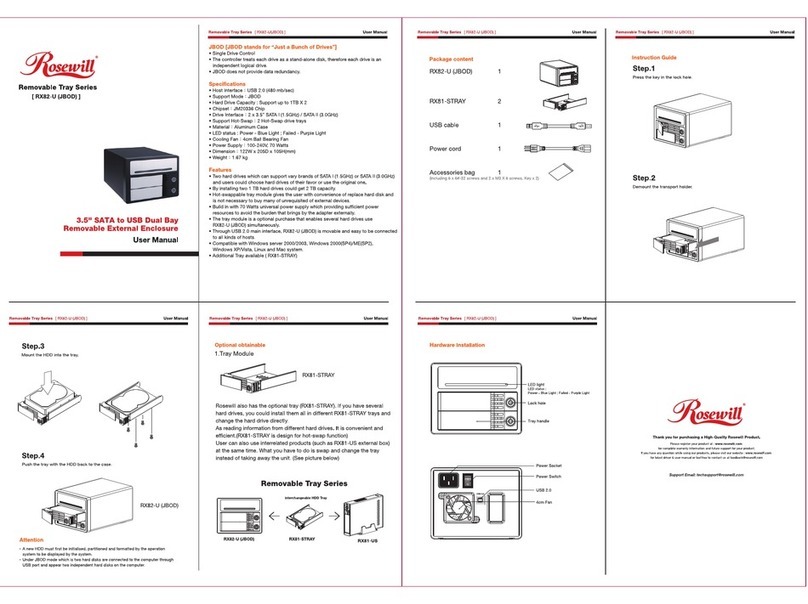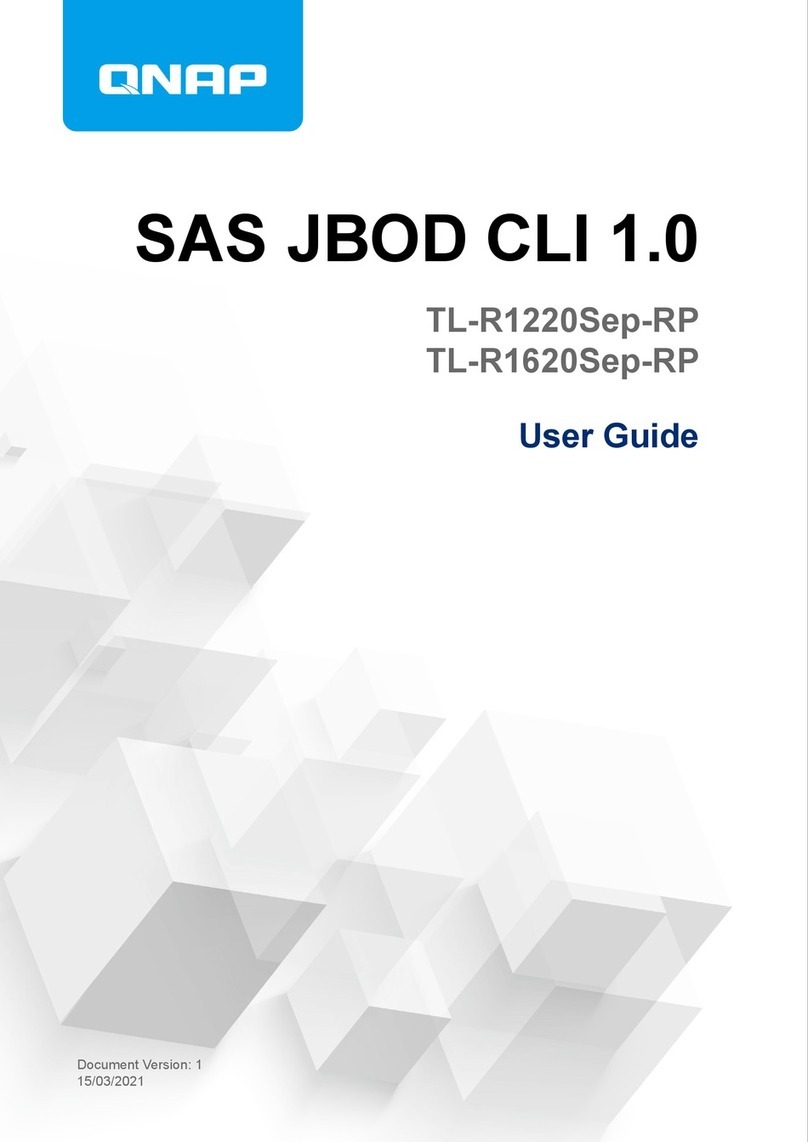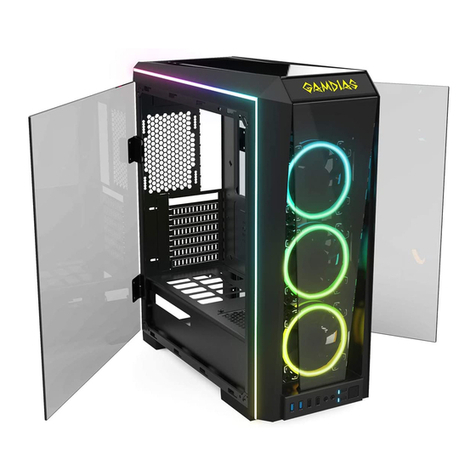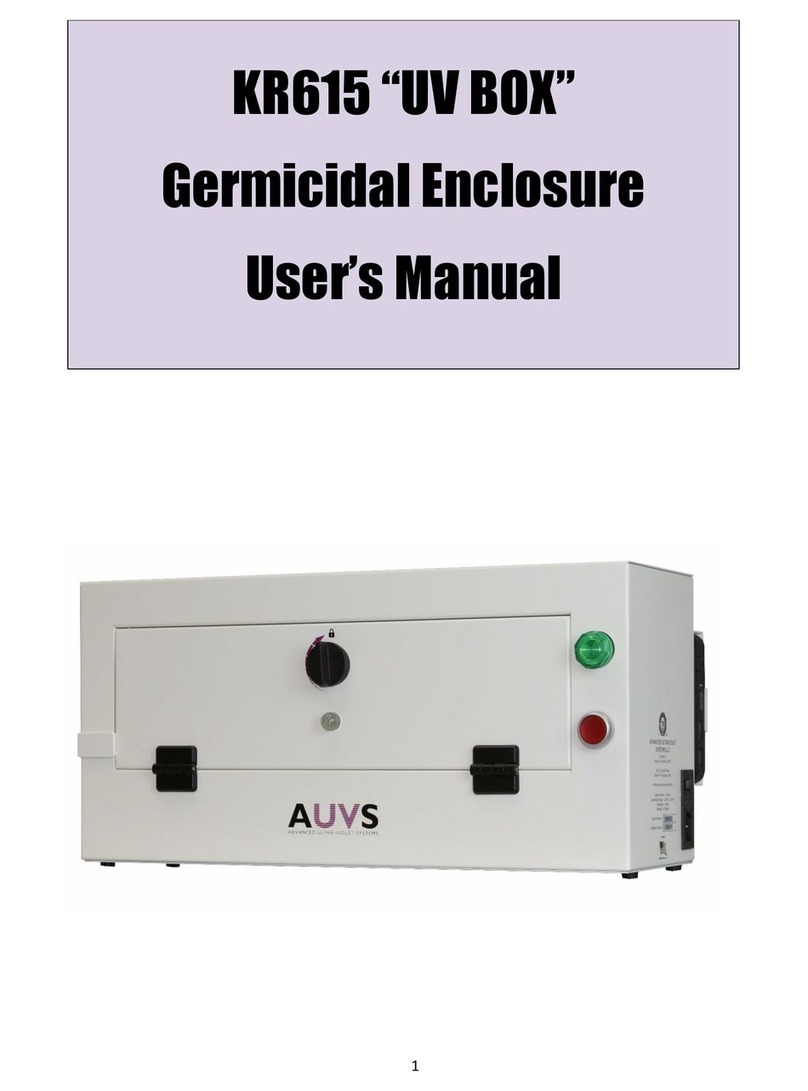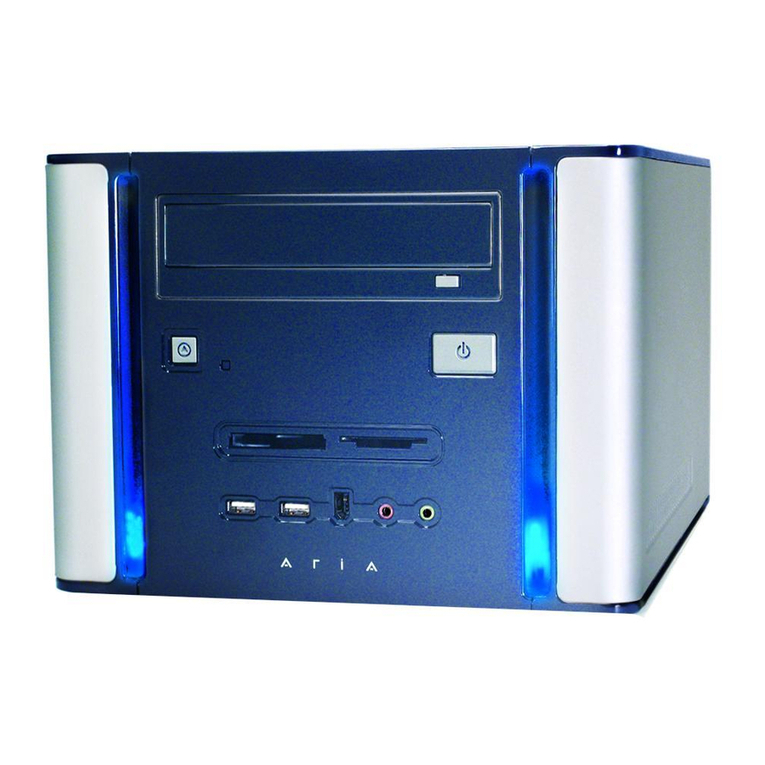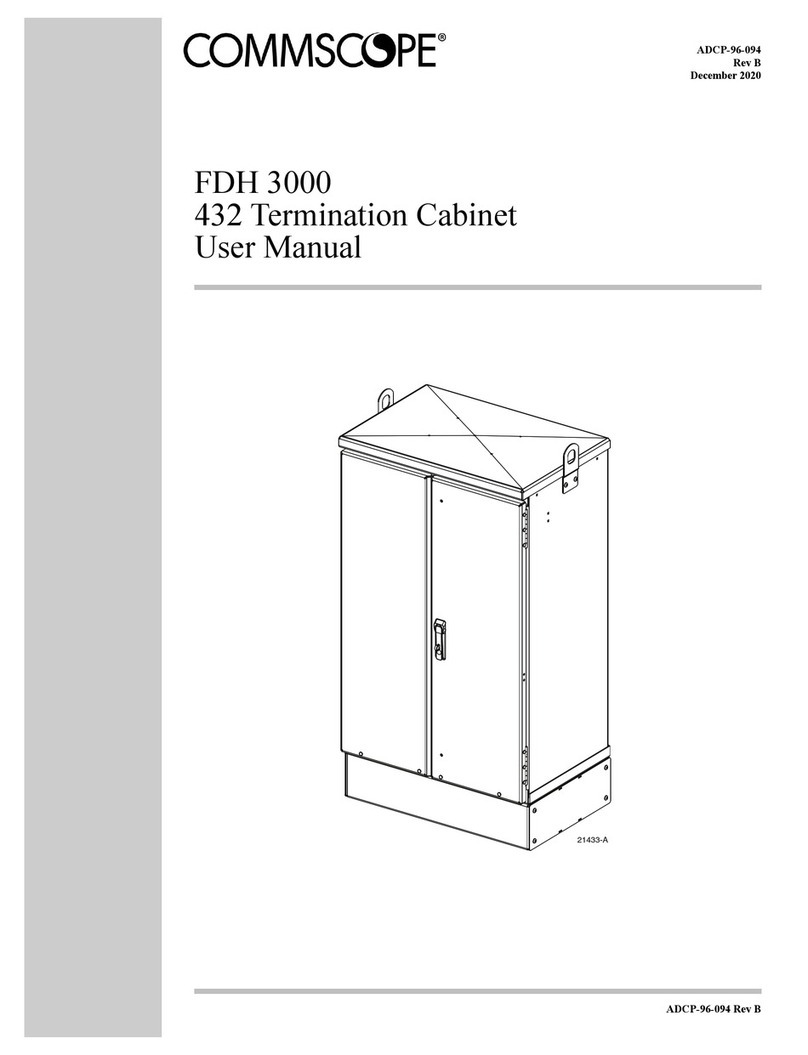Thunderbolt ARC-8050 User manual

ARC-8050
(Thunderbolt to 6Gb/s SAS RAID Storage)
User Manual
Version: 1.1
Issue Date: May, 2013
Thunderbolt™ Prod
uct

Copyright and Trademarks
The information of the products in this manual is subject to change
without prior notice and does not represent a commitment on the part
of the vendor, who assumes no liability or responsibility for any errors
that may appear in this manual. All brands and trademarks are the
properties of their respective owners. This manual contains materials
protected under International Copyright Conventions. All rights
reserved. No part of this manual may be reproduced in any form or by
any means, electronic or mechanical, including photocopying, without
the written permission of the manufacturer and the author.
FCC Statement
This equipment has been tested and found to comply with the lim-
its for a Class B digital device, pursuant to part 15 of the FCC Rules.
These limits are designed to provide reasonable protection against in-
terference in a residential installation. This equipment generates, uses,
and can radiate radio frequency energy and, if not installed and used
in accordance with the instructions, may cause harmful interference to
radio communications. However, there is no guarantee that interfer-
ence will not occur in a particular installation.
Manufacturer’s Declaration for CE Certication
We conrm ARC-8050 has been tested and found comply with the re-
quirements set up in the council directive on the approximation of the
low of member state relating to the EMC Directive2004/108/EC. For
the evaluation regarding to the electromagnetic compatibility, the fol-
lowing standards where applied:
EN 55022: 2006, Class B
EN 61000-3-2: 2006
EN 61000-3-3: 1995+A1: 2001+A2: 2005
EN 55024:1998+A1:2001=A2:2003
IEC61000-4-2: 2001
IEC61000-4-3: 2006
IEC61000-4-4: 2004
IEC61000-4-5: 2005
IEC61000-4-6: 2006
IEC61000-4-8: 2001
IEC61000-4-11: 2004

Contents
1. Introduction ................................................................ 8
1.1 Overview .........................................................................8
2. Installation ................................................................ 12
2.1 Before You First Installing................................................. 12
2.2 RAID Storage View .......................................................... 13
2.3 Locations of the Storage Component .................................. 14
2.3.1 Drive Tray LED Indicators ............................................ 14
2.3.2 LCD Panel LED Indicators ............................................ 15
2.3.3 Thunderbolt Port LED Indicators ................................... 15
2.4 Setting Up RAID Storage .................................................. 16
2.4.1 Software Installation ................................................... 16
2.4.2 Hardware Installation .................................................. 20
2.4.3 Volume Setup ............................................................ 24
2.4.3.1 Congure Volume Set ............................................ 25
2.4.3.2 Making Volume Sets Available to System .................. 26
2.4.4 Unmounting the Storage Volume .................................. 27
2.5 Summary of the Installation ............................................. 29
2.6 Hot-plug Drive Replacement ............................................. 31
2.6.1 Recognizing a Drive Failure ......................................... 31
2.6.2 Replacing a Failed Drive .............................................. 31
3. ArcHTTP Conguration .............................................. 32
• General Conguration: ................................................... 32
• Mail (alert by Mail) Conguration: ................................... 33
• SNMP Traps Conguration: ............................................. 34
• Rescan Device Conguration: .......................................... 36
• Collect Support Data: .................................................... 36
4. Web Browser-based Conguration ........................... 37
4.1 Start-up McRAID Storage Manager ................................... 37
• Start-up McRAID Storage Manager from Local Administration
(In-of-Band) .................................................................... 38
• Start-up McRAID Storage Manager Through LAN Port (Out-of-
Band) ............................................................................ 38
4.2 RAID storage McRAID Storage Manager ............................. 39
4.3 Main Menu .................................................................... 40
4.4 Quick Function ................................................................ 40
4.5 Raid Set Functions .......................................................... 41
4.5.1 Create Raid Set ......................................................... 41

4.5.2 Delete Raid Set .......................................................... 42
4.5.3 Expand Raid Set ......................................................... 43
4.5.4 Ofine Raid Set .......................................................... 44
4.5.5 Rename Raid Set ........................................................ 44
4.5.6 Activate Incomplete Raid Set ....................................... 44
4.5.7 Create Hot Spare ....................................................... 45
4.5.8 Delete Hot Spare ........................................................ 46
4.5.9 Rescue Raid Set ......................................................... 46
4.6 Volume Set Functions ...................................................... 47
4.6.1 Create Volume Set (0/1/10/3/5/6) ............................... 47
• Volume Name ................................................................ 48
• Volume Raid Level ......................................................... 48
• Capacity ....................................................................... 48
• Greater Two TB Volume Support ....................................... 48
• Initialization Mode .......................................................... 49
• Stripe Size .................................................................... 49
• Cache Mode .................................................................. 49
• Tagged Command Queuing .............................................. 50
• SCSI Channel/SCSI ID/SCSI Lun ...................................... 51
4.6.2 Create Raid30/50/60 (Volume Set 30/50/60) ................. 51
4.6.3 Delete Volume Set ...................................................... 52
4.6.4 Modify Volume Set ...................................................... 52
4.6.4.1 Volume Growth ..................................................... 53
4.6.4.2 Volume Set Migration ............................................. 54
4.6.5 Check Volume Set ...................................................... 54
4.6.6 Schedule Volume Check .............................................. 55
6.6.8 Download Volume Key File ........................................... 56
4.7 Physical Drive ................................................................ 56
4.7.1 Create Pass-Through Disk ............................................ 56
4.7.2 Modify Pass-Through Disk ............................................ 57
4.7.3 Delete Pass-Through Disk ............................................ 57
6.7.4 Clone Disk ................................................................. 58
6.7.4.1 Clone And Replace ................................................. 59
6.7.4.2 Clone Only ........................................................... 59
6.7.5 Abort Cloning ............................................................. 59
4.7.6 Set Disk To Be Failed .................................................. 59
4.7.7 Activate Failed Disk .................................................... 60
4.7.8 Identify Enclosure ...................................................... 60
4.7.9 Identify Drive ............................................................ 60
4.8 System Controls ............................................................. 61
4.8.1 System Cong ........................................................... 61
• System Beeper Setting ................................................... 61

• Background Task Priority ................................................. 61
• JBOD/RAID Conguration ................................................ 62
• SATA NCQ Support ......................................................... 62
• HDD Read Ahead Cache .................................................. 62
• Volume Data Read Ahead ............................................... 62
• HDD Queue Depth ......................................................... 62
• Empty HDD Slot LED ...................................................... 63
• Max Command Length .................................................... 63
• Auto Activate Incomplete Raid ......................................... 63
• Disk Write Cache Mode ................................................... 63
• Write Same For Initialization ............................................ 63
• Hot Plugged Disk For Rebuilding ....................................... 63
• Disk Capacity Truncation Mode ......................................... 64
• Smart Option For HDD .................................................... 64
• Smart Polling Interval ..................................................... 65
4.8.2 Advanced Conguration ............................................... 65
• TLER Setting ................................................................. 65
• Timeout Setting ............................................................. 66
• Number of Retries .......................................................... 66
• Buffer Threshold ............................................................ 66
• Amount of Read Ahead ................................................... 66
• Number of AV Stream ..................................................... 67
• Optimize AV Recording .................................................... 67
• Read Performance Margin ................................................ 68
• Write Performance Margin ............................................... 68
• Read And Discard Parity Data .......................................... 68
4.8.3 HDD Power Management ............................................. 68
• Stagger Power On Control .............................................. 69
• Time to Hdd Low Power Idle ........................................... 69
• Time To Hdd Low RPM Mode ........................................... 69
• SATA Power Up In Standby ............................................. 70
4.8.4 Ethernet Conguration ............................................... 70
• DHCP Function ............................................................... 71
• Local IP address ............................................................. 71
• Gateway IP address ........................................................ 71
• Subnet Mask ................................................................. 71
• HTTP Port Number .......................................................... 71
• Telnet Port Number ........................................................ 72
• SMTP Port Number ......................................................... 72
4.8.5 Alert By Mail Conguration ......................................... 72
4.8.6 SNMP Conguration .................................................... 73
4.8.7 NTP Conguration ...................................................... 73

• NTP Sever Address ......................................................... 73
• Time Zone ..................................................................... 74
• Automatic Daylight Saving............................................... 74
4.8.8 View Events/Mute Beeper ............................................ 74
4.8.9 Generate Test Event ................................................... 74
4.8.10 Clear Events Buffer ................................................... 75
4.8.11 Modify Password ....................................................... 75
4.8.12 Update Firmware ..................................................... 76
4.9 Information .................................................................... 76
4.9.1 Raid Set Hierarchy ...................................................... 76
4.9.2 SAS Chip Information ................................................. 77
4.9.3 System Information .................................................... 77
4.9.4 Hardware Monitor ....................................................... 78
Appendix A ................................................................... 79
Upgrading Flash ROM Update Process ...................................... 79
Appendix B .................................................................... 82
Battery Backup Module (ARC-6120BAT021) .............................. 82
B-1 BBM Connector and Components .................................. 82
B-2 Status of BBM ............................................................ 82
B-3 Installation ................................................................ 83
Appendix C .................................................................... 86
SNMP Operation & Installation ................................................ 86
Appendix D .................................................................... 91
Event Notication Congurations .......................................... 91
A. Device Event ................................................................ 91
B. Volume Event ............................................................... 92
C. RAID Set Event ............................................................ 93
D. Hardware Monitor Event ................................................ 93
Appendix E .................................................................... 95
RAID Concept ...................................................................... 95
RAID Set ........................................................................... 95
Volume Set ........................................................................ 95
Ease of Use Features ........................................................... 96
• Foreground Availability/Background Initialization ................ 96
• Online Array Roaming ..................................................... 96
• Online Capacity Expansion ............................................... 96
• Online RAID Level and Stripe Size Migration ...................... 98
• Online Volume Expansion ................................................ 99
High Availability ................................................................. 99
• Global/Local Hot Spares .................................................. 99
• Hot-Swap Disk Drive Support ......................................... 100

• Auto Declare Hot-Spare ............................................... 100
• Auto Rebuilding ........................................................... 101
• Adjustable Rebuild Priority ............................................. 101
High Reliability ................................................................. 102
• Hard Drive Failure Prediction .......................................... 102
• Auto Reassign Sector .................................................... 102
• Consistency Check ....................................................... 103
Data Protection ................................................................ 103
• Battery Backup ........................................................... 103
• Recovery ROM ............................................................. 104
Appendix F .................................................................. 105
Understanding RAID .......................................................... 105
RAID 0 ............................................................................ 105
RAID 1 ............................................................................ 106
RAID 10(1E) .................................................................... 107
RAID 3 ............................................................................ 107
RAID 5 ............................................................................ 108
RAID 6 ............................................................................ 109
RAID x0 .......................................................................... 109
Single Disk (Pass-Through Disk) ......................................... 110
Summary of RAID Levels ................................................... 111

INTRODUCTION
8
1. Introduction
This section presents a brief overview of the 6Gb/s SAS RAID storage,
ARC-8050. (Thunderbolt to 6Gb/s SAS RAID storage)
1.1 Overview
Thunderbolt technology is a revolutionary high-speed, dual proto-
col I/O technology designed for performance, simplicity and ex-
ibility. Thunderbolt I/O technology lets you move data between
high-resolution displays and high-performance data devices on a
single, compact port. Both data and display signals can be sent
and received at the same time through dual 10Gbps channels. A
single cable attached to one of the ports provides 2 channels able
to achieve the 10Gbps speeds owing both ways simultaneously. A
single Thunderbolt port supports hubs as well as a daisy chain of
up to seven Thunderbolt devices. To improve bandwidth transmis-
sion, Thunderbolt has implemented two duplex (PCIe and Display-
Port) channels into the controller and each channel can provide full
bi-directional performance.
Unparalleled Performance
ARC-8050 is 8-bay 6Gb/s SAS Thunderbolt box with RAID control
capabilities solution for both PC and Mac. Thunderbolt host inter-
face make ARC-8050 RAID box well suited for SOHO group profes-
sional who work at home and or in the ofce. Thunderbolt technol-
ogy developed for high speed data transfer at the speed of 10Gbps
per channel. Thunderbolt port is shared by multiple devices and
can transfer data equally distribute to all connected devices. ARC-
8050 incorporated on-board high performance dual core 800Mhz
ROC storage processor and with 1GB DDR3-1333 SDRAM memory
on-board to deliver true high performance hardware RAID for the
demands of serious HD media creators needs. For example, the
benet for video editor by using ARC-8050 to unleash their profes-
sional creativity work in real-time, with the high-bandwidth allow
large amount of audio and video capture/mixing devices trans-
ferred faster with low latency and high-accurate synchronization
at 10Gbps. Data can be backed up and restored more quickly, so
there’s less waiting for achieved content to transfer or copy.

INTRODUCTION
9
Unsurpassed Data Availability
Designed and leveraged with Areca’s existing high performance
solution, the RAID storage delivers high-capacity at the best of cost
performance value. It supports the hardware RAID 6 engine to al-
low two HDDs failures without impact the existing data and perfor-
mance. Its high data availability and protection derives from the
many advance RAID features. ARC-8050 Thunderbolt RAID storage
allows easy scalability from JBOD to RAID. It can be congured to
RAID levels 0, 1, 1E, 3, 5, 6, 10, 30, 50, 60, Single Disk for JBOD.
With innovative new ROC 6Gb/s SAS feature and support for SATA,
SAS and SSDs, the ARC-8050 provides powerful small-workgroup
server, power users and consumers with superior levels perfor-
mance and enterprise level data protection for external storage.
The world today, large amounts of arrays data needs by the Profes-
sional content creation application for – video editing, capturing or
transferring video, managing 3D graphics design, producing video
presentations and regularly data backup. ARC-8050 Thunderbolt
RAID storage is the best solution.
Easy RAID Management
Conguration and monitoring can be managed either through the
LCD control panel, Archttp utility or Ethernet port. Firmware-em-
bedded web browser-based RAID manager allows local or remote
to access it from any standard internet browser via a out-of-band
10/100Mbits LAN port or in-band Archttp utility. ARC-8050 Thun-
derbolt RAID storage also provides API library for customer to
combine with its own monitor utility. The intelligent cooling con-
tinuously adapts to environmental conditions by automatically
controlling the speed of the cooling fans. This super silent design,
optimizing balance between noise reduction and necessary cooling,
makes ARC-8050 well suited for audio/video application especially
the rapidly growing demand from the video editing markets.

INTRODUCTION
10
1.2 Features
Controller Architecture
• 800MHz Dual Core ROC processor
• 1GB on-board DDR3-1333 SDRAM with ECC protection
• Write-through or write-back cache support
• Support 8 internal 6Gb/s SAS ports
• Multi-RAID storage support for large storage requirements
• Support EFI BIOS for bootable from RAID storage volume
• NVRAM for RAID event & transaction log
• Redundant ash image for controller availability
• Battery Backup Module (BBM) ready (Option)
RAID Features
• RAID level 0, 1, 10(1E), 3, 5, 6, 30, 50, 60, Single Disk or JBOD
• Multiple RAID selection
• Online array roaming
• Ofine RAID set
• Online RAID level/stripe size migration
• Online capacity expansion and RAID level migration simultane-
ously
• Online volume set growth
• Instant availability and background initialization
• Support global and dedicated hot spare
• Automatic drive insertion/removal detection and rebuilding
• Greater than 2TB capacity per disk drive support
• Greater than 2TB per volume set (64-bit LBA support)
• Support intelligent power management to save energy and
extend service life
• Support NTP protocol synchronize RAID controller clock over the
onboard LAN port
Monitors/Notication
• System status indication through individual activity/fault LED,
LCD panel and alarm buzzer
• SMTP support for email notication
• SNMP support for remote manager
• Enclosure management ready
Drive Support
• Up to 8 x 6Gb/s SAS/SATA/SSD
Table of contents
Other Thunderbolt Enclosure manuals
